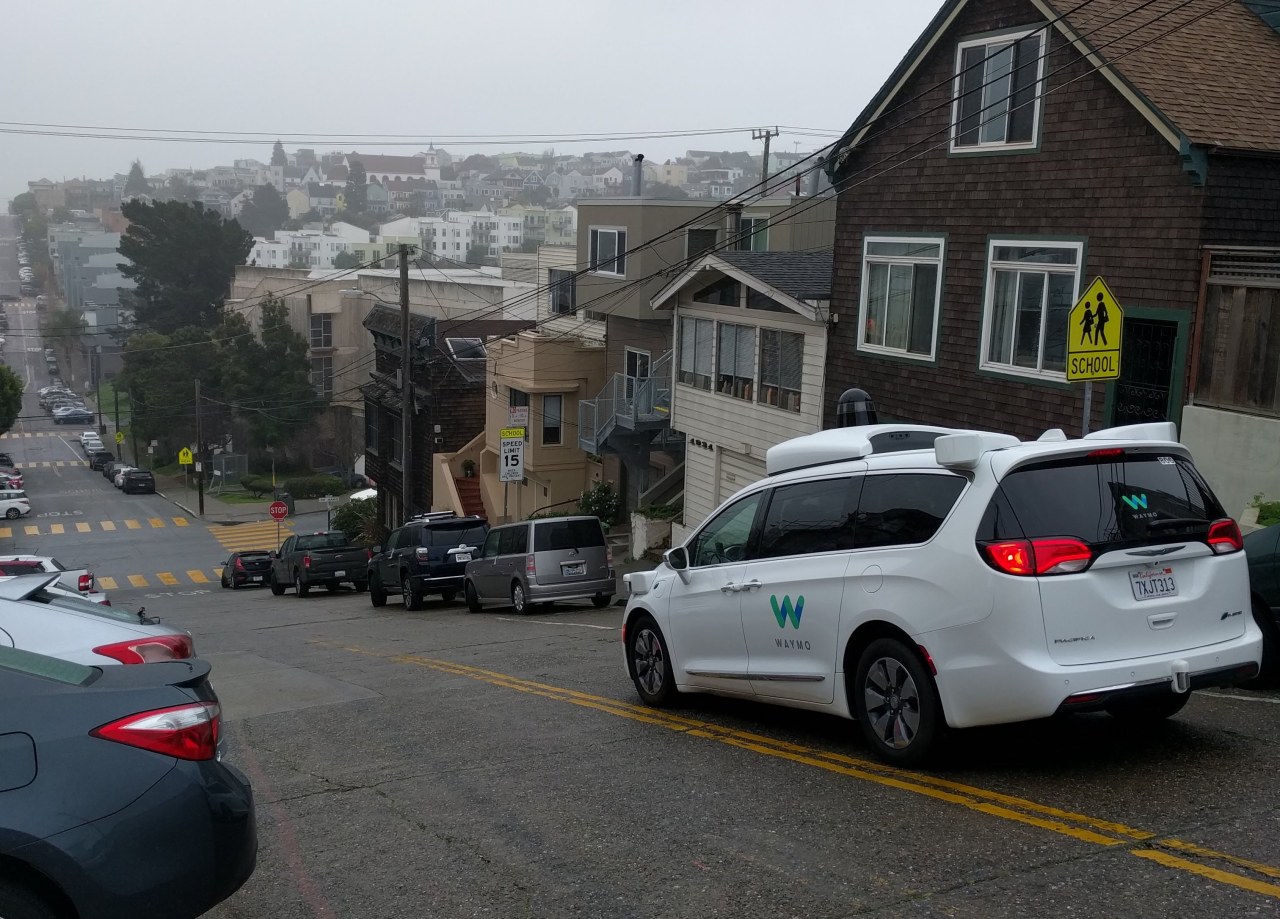The buzz surrounding autonomous vehicles (AVs) has reached a fever pitch in recent years, and Waymo, a pioneer in self-driving technology, is making headlines once again. After a successful stint testing its cutting-edge vehicles in cities across the United States, Waymo has reignited interest by returning to the historic streets of San Francisco with its self-driving Chrysler Pacifica minivans. This move signals not just a test of new technologies but a deeper exploration of the challenges posed by urban driving landscapes.
The Homecoming of Testing
Waymo’s history with San Francisco dates back to 2009 when the company, initially a Google initiative, embarked on ambitious AV testing. The foggy hills and densely populated neighborhoods presented a tough yet rewarding environment to refine their technology. The return marks a significant moment as Waymo continues to evolve in an ever-changing landscape, especially after launching the world’s first fully self-driving fleet in Arizona.
Why San Francisco? A Testing Ground for Innovation
But why return to San Francisco? Here are a few reasons:
- Diverse Challenges: The city offers unique geographical and weather-related challenges. With its steep hills and notorious fog, Waymo’s vehicles will need to adapt to varied conditions, sharpening their navigation capabilities.
- Urban Dynamics: The complex interplay of vehicles, pedestrians, cyclists, and scooters offers real-world testing of how autonomous vehicles can interact and make decisions in busy environments.
- Regulatory Insights: Testing in San Francisco allows Waymo to stay aligned with local regulations while also highlighting potential safety measures and integration strategies for future deployment of their services.
Expanding the Testing Horizon
As of now, Waymo conducts one of the most extensive AV testing programs in the industry, spanning 24 cities across the USA. The diversity in terrain and road habits allows Waymo to train its algorithms continuously, accommodating various traffic patterns and human behaviors. This holistic approach aims to develop vehicles that can manage everything from rural roads to bustling city streets, all while interacting safely with the public.
Innovations and Future Possibilities
What does the future hold for Waymo and autonomous vehicles in general? Recent advancements in technology mean that fully driverless cars are now a part of Waymo’s testing fleet, particularly in Arizona. However, for the San Francisco trials, safety drivers will remain in place for added precaution while navigating complex urban dynamics. This balance ensures that the technology evolves responsibly, prioritizing safety as a cornerstone of deployment.
Conclusion: A Road Ahead for Autonomous Driving
Waymo’s renewed testing in San Francisco is more than just a return to the past; it represents an ongoing commitment to innovation in the autonomous vehicle arena. By understanding the peculiarity of San Francisco’s infrastructure and traffic, Waymo is poised to refine its technology further, ensuring better solutions for urban travel in the future.
As the journey unfolds in San Francisco, the implications of such developments could be far-reaching, potentially reshaping urban mobility patterns across cities worldwide. What remains to be seen is how well these advances can integrate with the daily lives of city dwellers and the broader implications for transportation and urban planning.
At fxis.ai, we believe that such advancements are crucial for the future of AI, as they enable more comprehensive and effective solutions. Our team is continually exploring new methodologies to push the envelope in artificial intelligence, ensuring that our clients benefit from the latest technological innovations.
For more insights, updates, or to collaborate on AI development projects, stay connected with fxis.ai.

